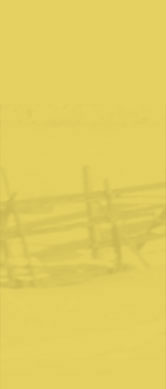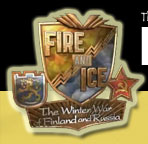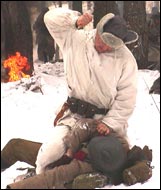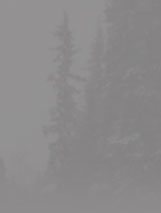

At the time of the Winter War the Red Army was the world’s largest and seemingly the most formidable army in the world. They were a modern army equipped with air power, artillery, mortars, armored arms, and tanks. The main focus of building the Red Army was to take part in fighting in Central Europe which was the area that seemed to be the greatest threat. The commanders of the Red Army professed bold attacks in massive numbers which would overwhelm the opposing forces. In many regards the idea of “Lightening War” that was to become famous with the Germany forces in World War II was a similar doctrine of the Red Army. The Soviets depended on being able to strike with sudden and massive force using all branches of service. The attacks were to be deep penetrating taking the enemy by storm and disrupting the enemy’s rearward areas. The Soviet units were also trained to encircle the opposing forces then moving inward to crush their opponents.
Unfortunately for the Soviets, Finland presented problems they had not expected. The use of armor and artillery is very dependent on the terrain and the roads needed to transport heavy equipment. These roads were nonexistent in much of Finland and those roads that were available in many cases were simple logging roads. These roads were narrow and widening which made the Red Army units on the roads very inviting targets to the mobile Finns who did not need the roads for transport. Even the Karelian Isthmus which did provide better roads is less than ideal tank country. The wooded regions, the many lakes, rivers, and streams, as well as the soft damp soil all caused major issues for the Red Army in their attempt to move heavier items to drive their attacks. The Red Army in all its might was fighting in an environment they were not well suited to.
The Finns were also able to confuse and befuddle many of the Soviet troops with their delaying/hit and run tactics. The Red Army was build to attack large forces head on and not well suited to deal with smaller numbers of Finnish troops that would attack quickly and disappear. The Red Army had been deeply affected by the purges of Stalin in the 1930s and many of their top military commanders were either killed or put into gulags. The results of this showed on the battlefield as many Soviet officers were incapable of making decisions on their own. The Finns were decisive in their actions where as the Soviets in most cases were indecisive. This is not surprising as being decisive could get one killed if a Red Army Political Officer made note of it. Due to this in many cases when attacked the Soviets would stop in place doing nothing and this allowed the Finns to take control of the battlefield. The Soviets had such a strict order of battle that it left little room for improvising as everything was to be done by the book. This did not bode well when the Soviets were faced with a situation that was not in “the book.”
Also under Stalin many officers were promoted not based on their military ability but on their loyalty to Stalin himself. Political Officers gained more and more power in the Red Army until they had reached the point of dictating to commanding officers. Promotion based on political beliefs breeds an ineffective army and that is what took place in the Red Army. The Red Army was filled with inept officers that had little to no idea on how to conduct military operations. The soldiers of the Red Army were often under equipped with warm clothes or hot food and this failure can be pointed directly at their commands. The lack of tactical skill also showed on the battlefield in the manner operations were carried out. The Soviets coordination of attacks was quite poor and often times the attacks lead to nothing but mass killing fields in front of Finnish positions. It was not uncommon for Soviet artillery to shell their own soldiers nor to have the Soviet Air Force bomb or strafe their comrades. Soviet armor was effective but in many cases lacked correct infantry support so the tanks became separated from the main force leaving them venerable to Finnish attack.
The opening stages of the Winter War would have to be viewed as a complete failure from the Soviet side as thousands of soldiers were lost in senseless attacks. This was to change when Timoshenko was named overall commander of Finnish operation. Timoshenko quickly made reforms to correct the problems that he saw in the field. He replaced the call of “For Comrade Stalin” with the battle call of “For The Motherland” as he wanted to instill the national pride that is so prevalent in Soviet-Russia people. Timoshenko also improved the communication issues that prevented correct coordination of armor, air, and artillery attacks. Another change made before the renewed attacks in second part of the War dealt with improving the proficiency of Soviet engineers and how they would attack the Mannerheim Line. This far reaching changes, and others implemented, in many regards changed the Red Army the Finns were facing. The Red Army would still rely on massive attacks and overwhelming numbers but the manner in which these attacks took place would be under control. Soviet loss of life did not concern Timoshenko but he at least wanted these deaths to result in a Red Army victory not wasted as they had been in previous actions.





